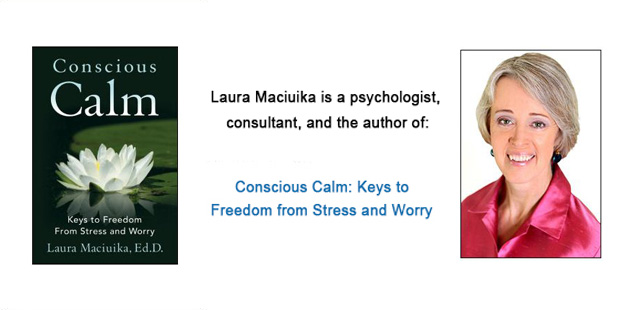 You may have noticed: when you feel stressed out your breathing changes. If you are feeling under stress for a while, it can change your pattern of breathing. What I call “stress breathing,” a shallow breath that only goes down as far as the chest area, can become a habit.
You may have noticed: when you feel stressed out your breathing changes. If you are feeling under stress for a while, it can change your pattern of breathing. What I call “stress breathing,” a shallow breath that only goes down as far as the chest area, can become a habit.
This kind of breathing has several consequences. If you were breathing that way because you were about to run from danger, as in the famous “fight or flight” response, that would be one thing. You’d run fast, get away, and then pant and recover until your breathing and bio-chemistry returned to a more relaxed normal state. Of course, if you’re breathing that way but still sitting in a chair, your body doesn’t have a chance to go through that normal cycle. The stress hormones and tension continue. So does tighter, shallower stress breathing. This can keep your stress high, and begin to harm your health over time.
But the stress breathing alone has some hidden effects that can make stress worse and challenge your health if it’s your main pattern of breathing.In our stressed out modern times, many people stress breathe, breathing in only as far as the upper or mid-chest. One widely discussed result can be not getting enough oxygen into the body. Another less widely known consequence can be a kind of hyper-ventilation when the stress breathing is both shallow and faster. Over time this can create an imbalance of too much oxygen and actually not enough CO2.
Although commonly discussed only as a waste product, carbon dioxide plays important roles in the body. CO2 helps regulate the body’s acidity-alkalinity balance. It also regulates the intake of oxygen into the tissues. When CO2 levels are too low, it can lead to a lack of oxygen reaching the brain and other tissues of the body.
A normal, healthy breath is a slower breath that uses the diaphragm and goes all the way to the belly. Deepening your breath like this and also slowing it down can help ease stress quickly. And this healthier breathing can also help bring the oxygen and C02 levels in your body back into balance, helping the body’s tissues and organs receive the oxygen they need to keep you healthy and energized.


